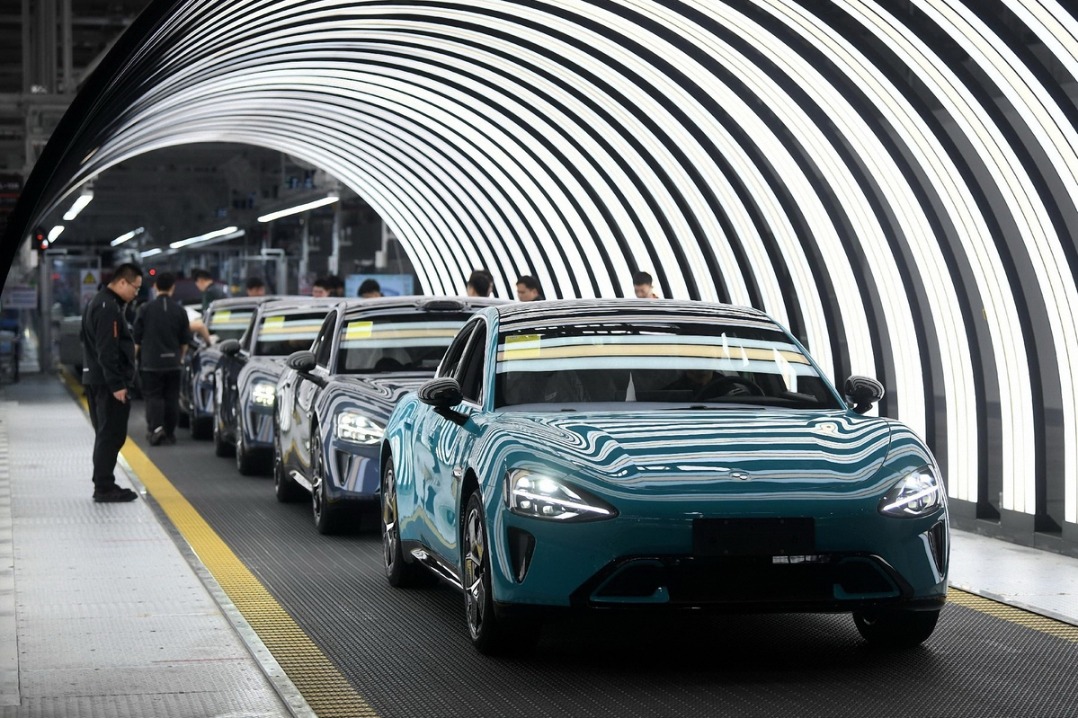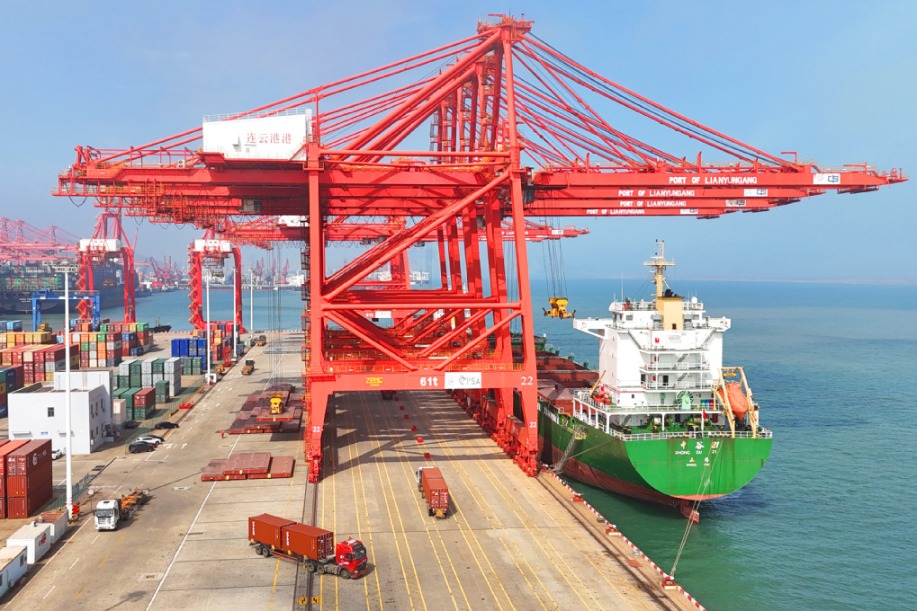Huge home market hones competitiveness
China Daily | Updated: 2024-01-15 08:15

Official data shows that in 2023 China's automobile production and sales reached 3.02 million and 3 million respectively, with a year-on-year growth of 11.6 percent and 12 percent. Although the complete data of relevant economies of 2023 is yet to be announced, China is expected to be the world's largest exporter of automobiles for the year.
It's beyond doubt that China's automotive industry is thriving, especially in the electric vehicle sector.
China has a huge domestic market and large production capability, in which domestic entrepreneurs must go through fierce competition in order to seek a chance to compete in the global market. Yet once they win in the domestic competition, the nation's huge market and large production capability provide strong support to them. In comparison, overseas markets lack the manufacturing capacity and scale of the Chinese market.
As a result, Chinese companies in emerging industries either fall at the bottleneck of domestic competition, or find themselves with quite a big advantage upon entering the international market because of the high threshold. For example, Chinese companies may have to introduce new cars every six months to survive the domestic competition, while quite a majority of overseas car companies have at least a three-year cycle. Even in traditional industries Chinese companies have higher efficiencies.
In emerging industries, some Western observers blame Chinese companies for price competition but that's not the case.
The sustained growth in demand for photovoltaics and new energy vehicles in China gradually forms the market scale, boosting R&D investment and lowering manufacturing costs, which ultimately results in a significant advantage that overseas competitors find challenging to overcome, namely higher technology and lower price.
A study showed that in December 2023, the production cost of a solar module in China was $0.15 per watt, much lower than India's $0.22, Europe's $0.3, and the United States' $0.4. Similarly, when China exports new energy vehicles to Europe, even if the price doubles compared to the domestic market, it remains significantly lower than similar models produced in Europe. This advantage stems from China's manufacturing scale, supply chain efficiency, and the production efficiency brought about by technological progress.
























